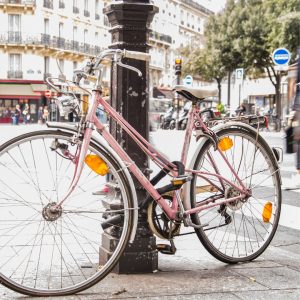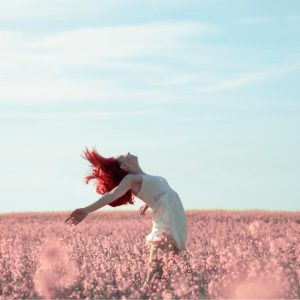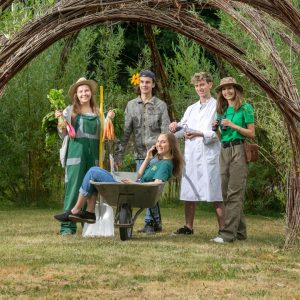Dia de los Muertos - colorful celebration of life for the dead
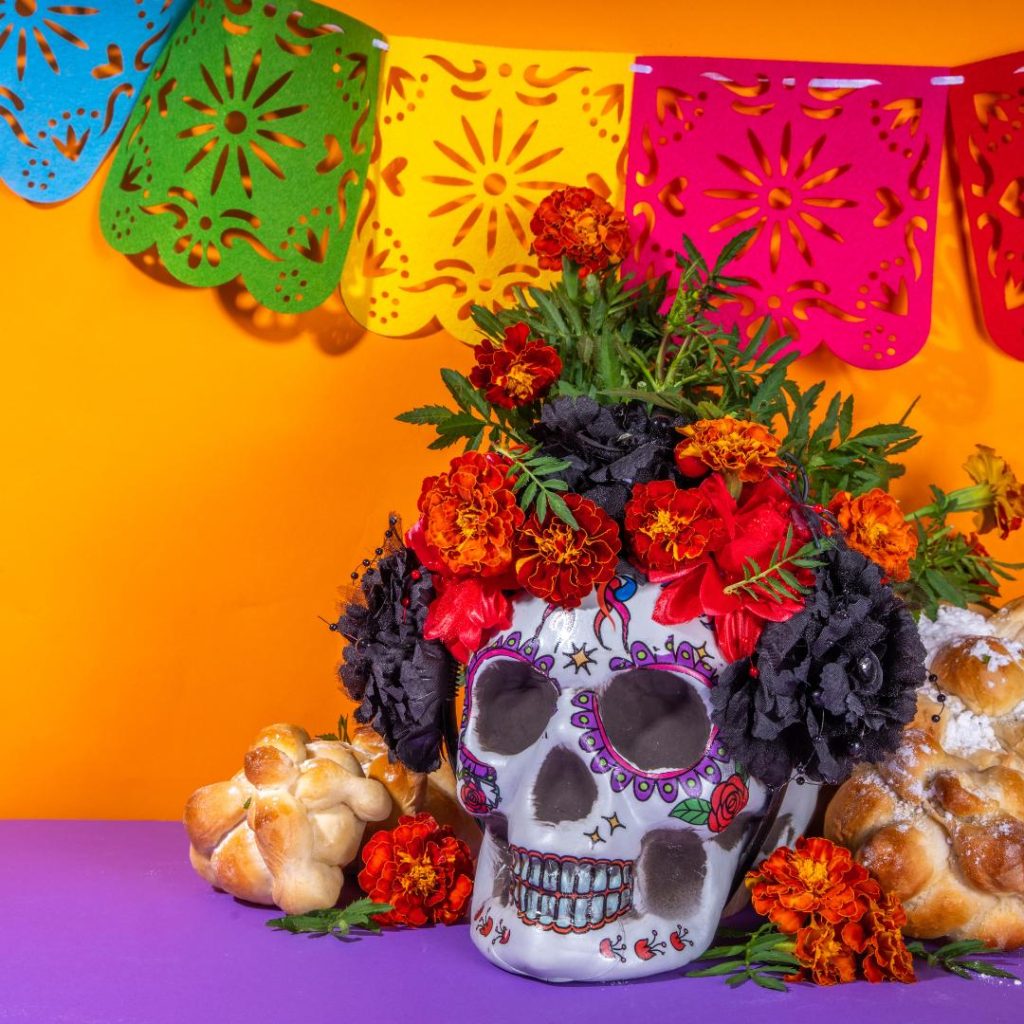
The festival of the dead in Latin America, which has been declared an Intangible Cultural Heritage by UNESCO, is all the rage, but it means much more than colorfully painted skulls and lavishly flower-bedecked women. On our way to the bottom of the cult, we discovered a new perspective on dealing with death and transience. Dive with us!
Despite its proximity to the sinister Halloween, the Festival of the Dead or Dia de los Muertos is not actually a celebration of darkness or even gloomy horror - it is an explosion of life in all its power. This includes food, dancing, splendid costumes and the famous riot of color.
The focus is on respect and love for the deceased, who - according to popular belief - can cross the threshold on these days and celebrate with their loved ones.
The origin of this idea comes from the Aztecs, the Toltecs, the Nahua and other peoples who even considered mourning their dead to be disrespectful. These pre-Hispanic cultures saw death as a natural phase in the long continuum of life.
In this world view, the dead are therefore members of society who are kept alive through memories and appreciation. They can even "visit" during the days from October 31 to November 2.
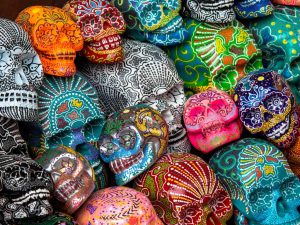 Literary Calaveras
Literary Calaveras
Calavera means skull and is a ubiquitous symbol on Mexican holidays. It is sold on every corner, especially in the form of painted sugar skulls.
The literary calaveras are clever, satirical rhymes or short poems that poke fun at the living in the form of epitaphs and newspaper advertisements. Even today, they are still performed in readings on radio and television.
Calavera Catrina
In the early 20th century, the Mexican caricaturist and engraver José Guadalupe Posada produced an engraving for a literary calavera in which he had the personified Death wear an elegant French hat.
In his masterpiece, the mural "Dream of a Sunday Afternoon in Alameda Park", Diego Rivera (Frida Kahlo's husband) also depicted Posada's skeleton wearing a large lady's hat. He nicknamed him Catrina, a slang word for decadent upper middle class.
Calavera Catrina, the elegant skull, is probably the most ubiquitous symbol of Día de Muertos today.
La Ofrenda - the altar
Altars are set up in all houses. They are intended to welcome the dead. They are usually strewn with student flowers from the grave site to the house, water to quench thirst after the long journey, a candle for each deceased, food, usually the deceased's favorite dish if there are children among the dead, toys, and so on.
Incense candles made from tree resin are used to purify the space around the altar.
Change of perspective - the decision is up to us
Finiteness gives life its preciousness. We can decide for ourselves how we feel about it. Seeing death as a natural part of life is probably very healthy and takes away its gloom. Let us allow something of the glittering celebration of life to flow into the silent, sad remembrance of our loved ones - they would probably like that too.💚


